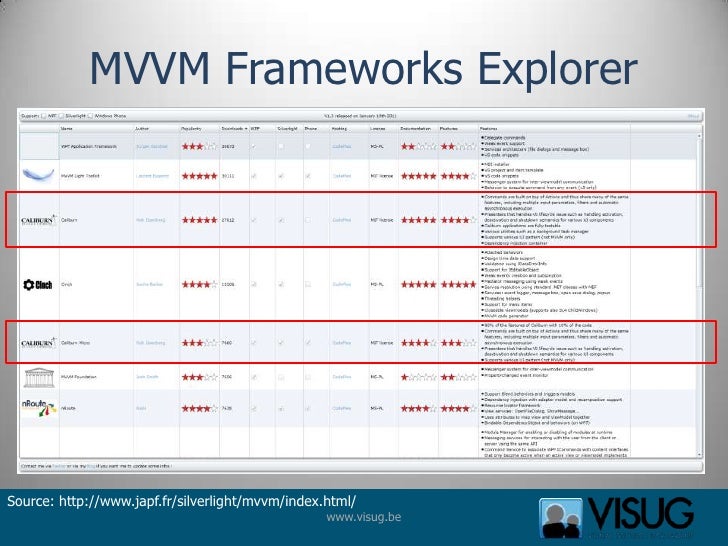
Return _container.GetInstance(service, key) Protected override object GetInstance(Type service, string key) _container.RegisterSingleton(typeof(DataViewModel), "DataViewModel", typeof(DataViewModel)) _container.RegisterSingleton(typeof(MainViewModel), "MainViewModel", typeof(MainViewModel)) I've set up the project with my Bootstrapper public class ApplicationBootstrapper : Bootstrapper
#Caliburn micro windowmanager code#
Net 6 Anonymous Types Asp.Net Async Async Await Automapper Azure Blob Storage Azure Functions Azure Table Storage Benchmark Best Practices C# C# 7.x C# 8 C# 10 Caliburn Micro Circuit Breaker Code Smell Container Debugging Dependency Property Deserialize Design Pattern Design Principle Docker Docker Compose Docker Concepts EcSolvo.RestHelper Entity Framework Event Aggregators EvilCode Exception Handling Extension Methods Firebird Form Validation Generics GoF GraphQL HLSL IEnumerable JSON LINQ Microservice Mobile MongoDb MVC MVVM Newtonsoft.I'm wanting to start a WPF application using caliburn.micro so I can use TDD as much as possible, I've used caliburn.micro before with WP7 but WPF seems to be a different ship, and the documentation isn't as complete as that for WP7. Running MongoExpress in Docker : Solving the connection issue.GraphQL Day 000 : Introduction to Building Blocks.


The interface contains a single method Handle, which we implement soon.

Now comes the most important part, we need to implement the IHandle interface, where T is the model of the event object, which in our case is UserInfoModel. Public ShellViewModel(IWindowManager windowManager,ILogin loginWindow, IEventAggregator eventAggregator) Let’s begin by modifying the ShellViewModel to inject the EventAggregator to ShellViewModel, Our constructor now looks as following. We would also see how we access the message send by the Login View Model. We will now move to our ShellViewModel and ensure the class is listening. _eventAggregator.PublishOnUIThread(new UserInfoModel()) Īs you can see, we have used the PublishOnUIThread Method of Event Aggregator to publish the UserInfoModel object to anyone listening. Public bool Validate(string userName, string passWord) Public LoginViewModel(IEventAggregator eventAggregator) Private IEventAggregator _eventAggregator The LoginViewModel class now looks like following. We will also modify our Validate Method a bit. We will then inject an instance of EventAggregator in the LoginViewModel. We will begin by creating the model which would contain the information that will passed along Event Aggregators.

But how do you pass the UserName information to the ShellViewModel ? This is where Event Aggregator comes into place.Įvent Aggregators allows ViewModels to pass (broadcast) information (in a model) to any other View Models who has subscribed to the event. All good till now, the Login Window is displayed, and you type in the UserName & Password, and Click the Login button to invoke the Validate Method. Public void PromptForLogin() => _windowManager.ShowDialog(_loginWindow) Public ShellViewModel(IWindowManager windowManager,ILogin loginWindow) Our constructor and PromptForLogin Method looks like following now. We will then use the WindowManager for invoking the LoginViewModel as a Modal Dialog. We will also inject LoginViewModel as well in to the class. We will add a constructor for ShellViewModel decorated with the ImportingConstructor Attribute. We do this by utilizing the Window Manager, which is injected (via Dependency Injection) into ShellViewModel. The next task is to ensure the Login Window User Clicks Login Button. Protected override void OnStartup(object sender, StartupEventArgs e) The first task is to ensure we have ShellView as our primary start up Window, which we set by altering the code in our Bootstrapper. Public bool Validate(string userName, string passWord) => true Īlright, so we have our barebone code ready. Since this is a demo, we will always return true Bool Validate(string userName, string passWord)


 0 kommentar(er)
0 kommentar(er)
